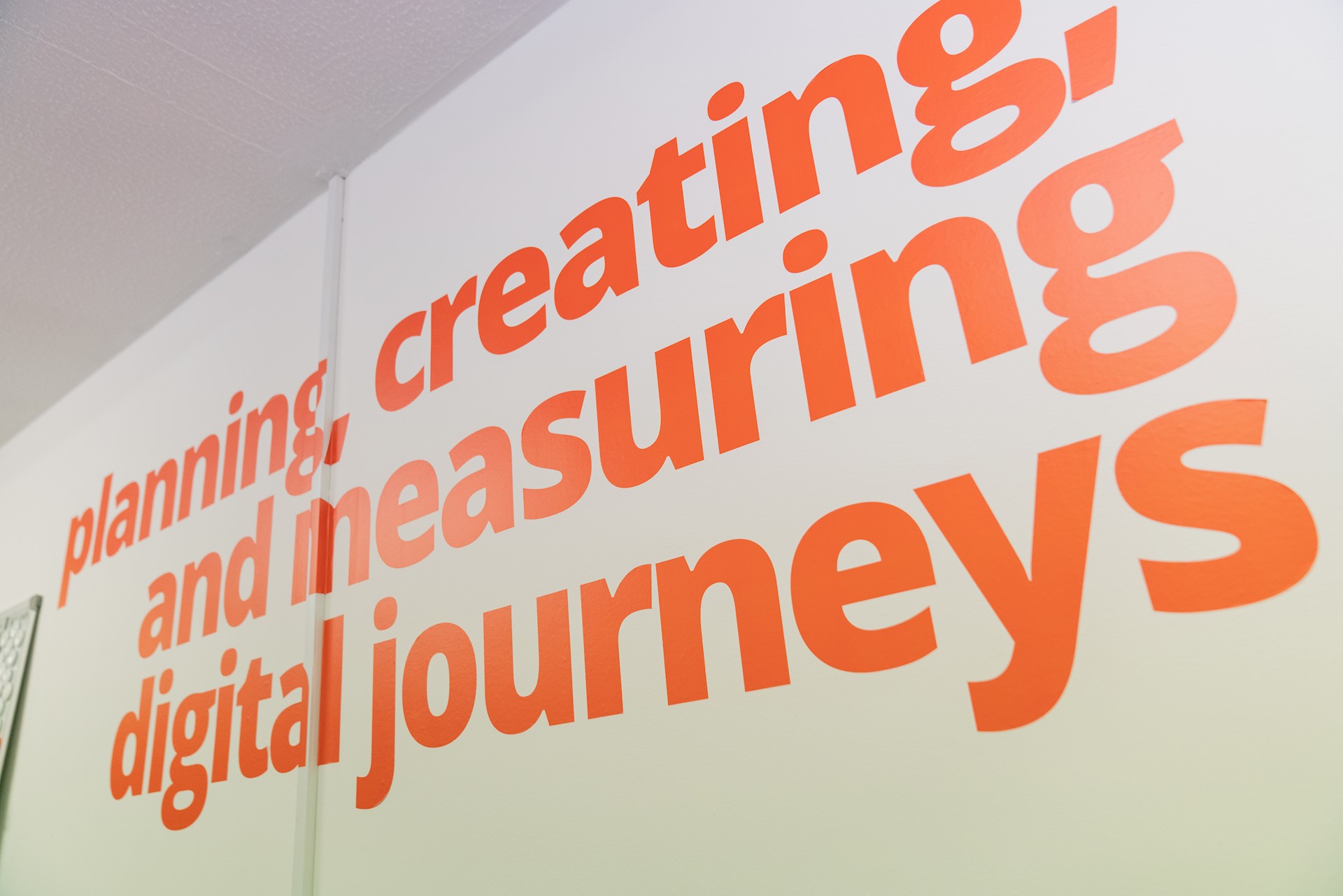Different models of crowdfunding
4 minute read
While crowdfunding has the potential to fund projects at varying scale and in many different sectors, there is also variation in the type of financing that is facilitated. Typologies can be difficult in the area but broadly the majority of crowdfunding can be defined as fitting into one of the following four variations of the model.
Donation Model: The donation model of crowdfunding is a means for charities or those who raise money for social or charitable projects, to gather a community online and to enable them to donate to a project.

Reward Model: The most popular form of crowdfunding to date has been the reward model which has grown significantly in the funding of creative, social and entrepreneurial projects. The model allows people to contribute to projects and receive non–financial rewards in return, usually operating a tiered system where the more you donate the better the reward you receive.
Lending Model: In crowdfunded lending projects, individuals or businesses seeking debt apply through the platform uploading their pitch, with members of the crowd taking small chunks of the overall loan.
Investment Model: The final type is the application of crowdfunding to investing for equity, or profit/revenue sharing in businesses or projects. This form of the model has been the slowest to grow due to regulatory restrictions that relate to this type of activity.
Hybrid model: While the majority of platforms operate with only one of the models, some platforms also operate hybrid models encompassing a number of the models above. Different forms of the model may be complements as well as substitutes.

When considering which form of crowdfunding best matches your needs there are a number of factors to consider; how much capital you need, who is likely to be interested in funding you, how much they will be willing to contribute, how much raising finance will cost and how raising a particular type of finance will affect the future development of your project. Each of the above models represents a distinctly different proposition and ensuring you select the model that suits your needs is essential for successfully raising funds from the crowd. Nesta’s crowdfunding directory CrowdingIn49 is a tool for finding platforms operating specific crowdfunding models in the UK.
Source:
© This section is an abbreviated version of the original from Nesta “Working the Crowd – A short guide to Crowdfunding and How it can work for you” By Peter Baeck and Liam Collins
